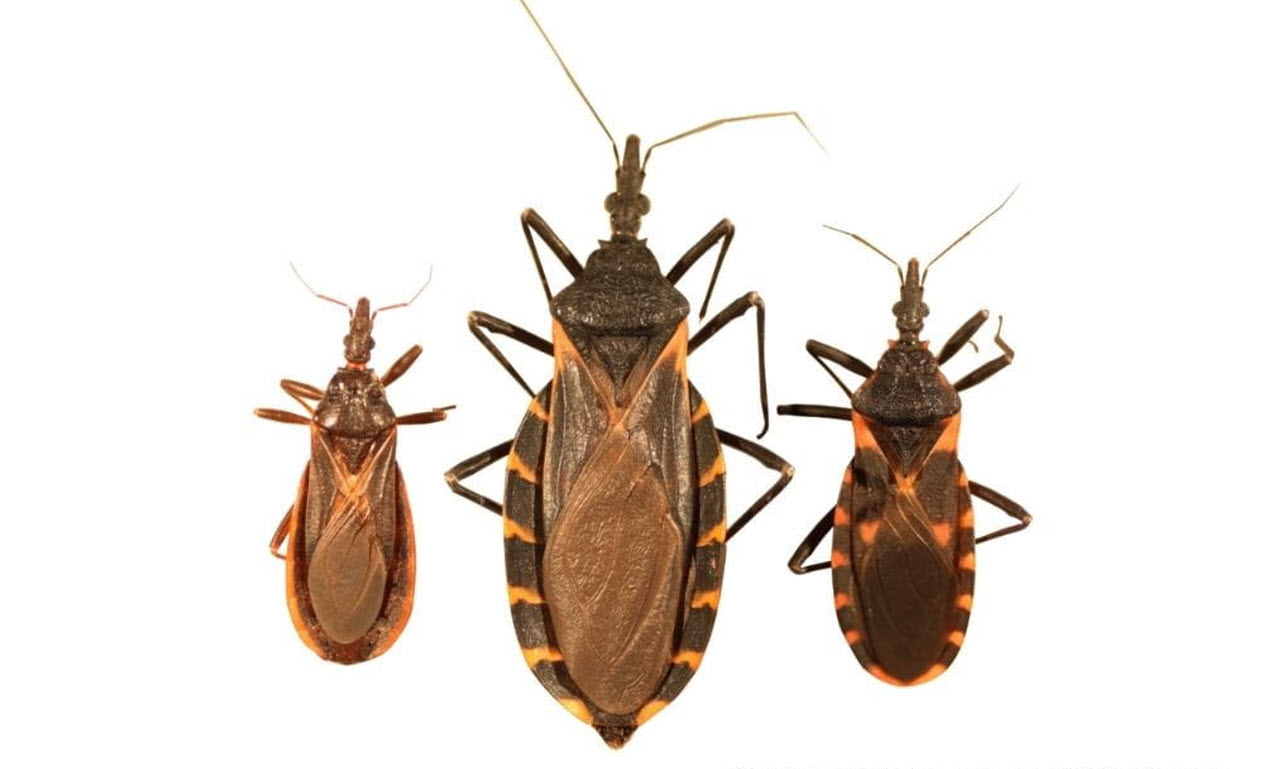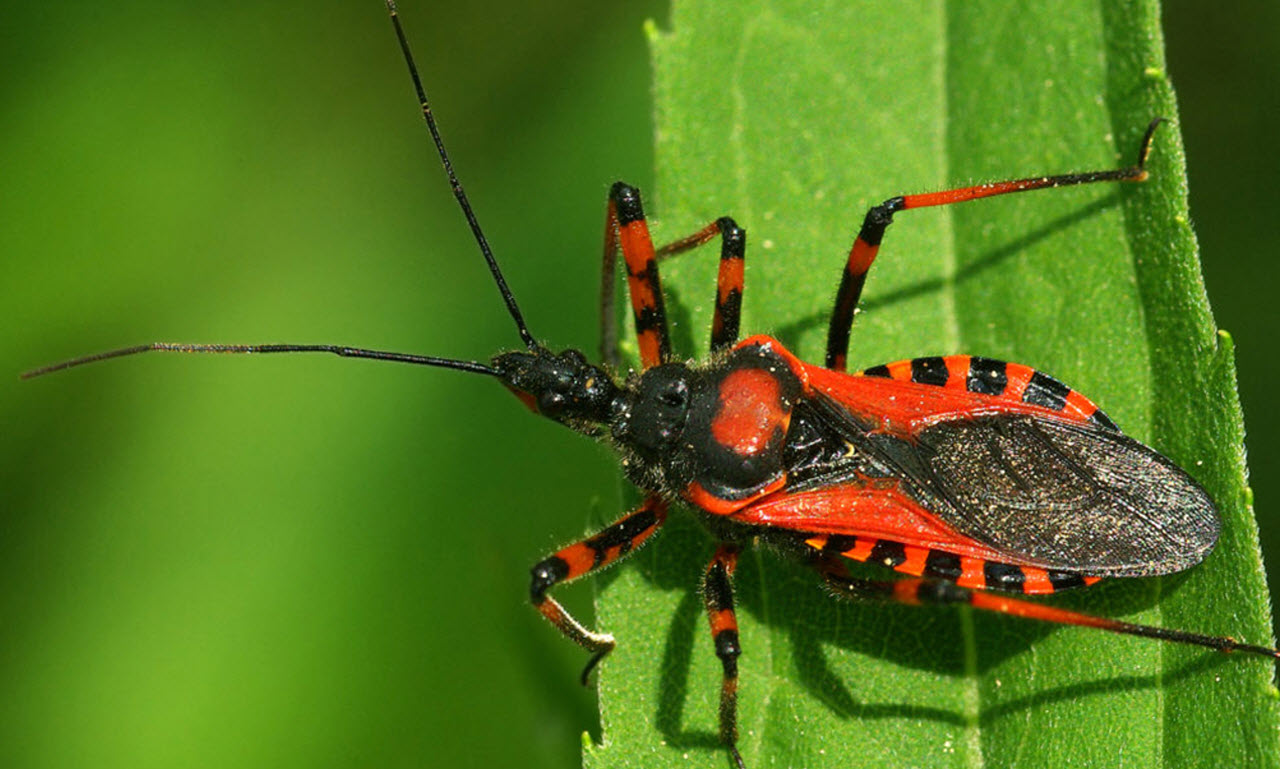
Diseases can have a significant impact on the worldwide population. We might think about diseases such as malaria, but there is another silent killer that affects some 8 million people every year.
Chagas, which is referred to as a ‘silent and silenced disease’ is transmitted by nocturnal bugs. Every year, some 12,000 people are killed as a result of this infection.

Unfortunately, many people in various parts of the world who are infected are also treated by doctors who know very little about Chagas. If given the right treatment, however, it may be possible to beat the disease.
According to the World Health Organization (WHO) Chagas is a neglected tropical disease. In other words, it is not getting the necessary attention from the global health policy agenda.
According to a research manager at the Drugs for Neglected Diseases Initiative, Colin Forsyth, the disease is neglected, partly because ‘it’s a silent disease that stays hidden for so long in your body … because of the asymptomatic nature of the initial part of the infection.’
In speaking about the poor populations of the world, he said: “The people affected just don’t have the power to influence healthcare policy. There’s this confluence of biological and social issues that keep it hidden.”

The visibility of the disease is increasing because it is now traveling to other continents. It is known as more than a disease that is transmitted from an insect, it can also be transmitted from organ transplants, blood transfusions, and from a mother to a child during childbirth.
There are two different medications that can be used to treat Chagas, benznidazole and nifurtimox. They have both been on the market for some five decades and according to Prof. David Moore from the Hospital for the Tropical Diseases in London, they are both ‘toxic, unpleasant, not particularly effective.’
In order to increase the understanding of the issue, the WHO has established World Chagas Disease Day. It occurs on April 14 every year, the same day that the first human case was discovered in 1909.
The CDC recommends the following to avoid a possible infestation:
1) Seal cracks and gaps around windows, walls, roofs and doors
2) Remove wood, brush and rock piles near your house
Use screens on doors and windows and repair any holes or tears
3) Seal holes and cracks leading to the attic, to crawl spaces below the house and to the outside
4) Have pets sleep indoors, especially at night
5) Keep your house and any outdoor pet resting areas clean, in addition to periodically checking both areas for the presence of bugs
If you feel that you have seen a kissing bug, do not crush it. Put it in a container and fill the container with rubbing alcohol. Alternatively, you can freeze the bug in water. It should then be taken to the local health department or university laboratory to be properly identified.
